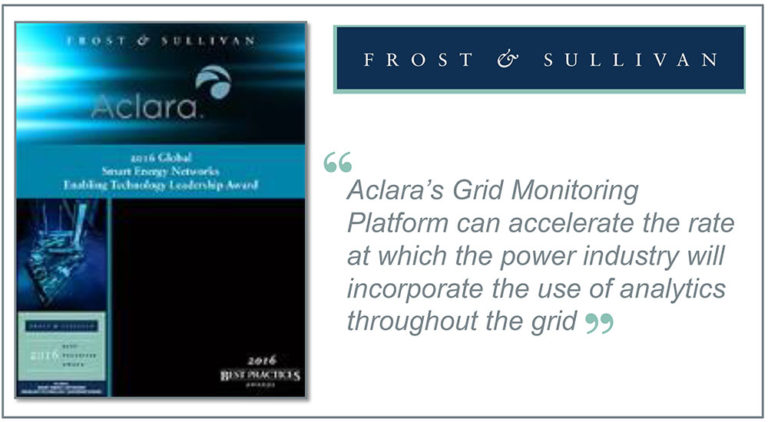Our electric power grid is under stress. A conglomeration of loosely interconnected systems that was built out more than a half century ago, our electric network is entering its dotage. In fact, a recent report by the Electricity Advisory Committee to the Department of Energy, Keeping the Lights On in a New World, even suggests that the existing grid is nearing the end of its useful life.
Adding to problems caused by old and inefficient systems, distributed generation is also changing the way the grid operates. Large businesses and individual customers are finding ways to generate their power, with solar panels and windmills becoming ever more prevalent. And utilities depend on smaller, gas-fired plants instead of large coal-burners to generate power.own
Trends Influencing Utilities
 Research and analytics firm Frost & Sullivan has identified three constraints on utilities as they adapt to these changing market dynamics:
Research and analytics firm Frost & Sullivan has identified three constraints on utilities as they adapt to these changing market dynamics:
- The business case for grid technologies that accommodate power generation by decentralized system and renewables is stronger than ever, despite the expected withdrawal of subsidies for solar and wind systems.
- Utilities may have trouble financing all the needed upgrades to their systems as they struggle to ensure top-line revenue growth.
- Investment in between innovations and business-as-usual undertakings such as substation automation, asset management and grid automation that extends the usefulness of existing assets.
Industry Response
Utilities have many options for monitoring distribution substations and circuits. Some involve devices used for basic recording or studies, such as faulted circuit indicators (FCIs), load loggers or power quality analyzers. Others involve remote monitoring and usually entail the use of various combinations of Supervisory Control and Data Acquisition (SCADA), monitoring of substation relays, reclosers, switches, or other remote terminal units (RTUs), controllers, or even line post sensors, current transformers (CTs) and voltage transformers (VTs) with meters or power quality analyzers.
These traditional approaches provide a significant amount of data to distribution network engineers, but many of these options also have limitations including accuracy, hidden costs, point solutions, reach, and visibility. Installing telemetry solutions is also time-consuming and expensive, requiring the design of the metering and communications, equipment procurement and scheduling and full crews to do the installation work. But there are other options.
Pioneer Technology Company of the Year
For its work helping utilities cost-effectively address their requirements for substation and grid automation, Frost & Sullivan recently named Aclara the winner of its 2016 Global Smart Energy Networks Enabling Technology Leadership Award.
 “Frost & Sullivan identifies Aclara Technologies as a technology partner who can truly help utilities address their business-as-usual investment needs, and also be conscious of the requirement to integrate renewable and decentralized generation sites – all while keeping a prudent eye on total expenditure. As such, Aclara Technologies LLC has earned the 2016 Frost & Sullivan Global Enabling Technology Leadership Award.”
“Frost & Sullivan identifies Aclara Technologies as a technology partner who can truly help utilities address their business-as-usual investment needs, and also be conscious of the requirement to integrate renewable and decentralized generation sites – all while keeping a prudent eye on total expenditure. As such, Aclara Technologies LLC has earned the 2016 Frost & Sullivan Global Enabling Technology Leadership Award.”
Each year, Frost & Sullivan presents this award to a company that has developed a pioneering technology that enhances current products and enables the development of newer products and applications. The award recognizes the high market acceptance potential of the recipient’s technology.
The award selection is made independently by Frost & Sullivan analysts who compare market participants and measure performance through in-depth interviews, analysis, and extensive secondary research to identify best practices in the industry. The full methodology and 10-step process Frost & Sullivan uses to investigate, identify and recognize best practices is available for download.
Download the full report and learn why Frost & Sullivan selected Aclara as recipient of its 2016 Smart Energy Networks Enabling Technology Leadership Award.

 Research and analytics firm Frost & Sullivan has identified three constraints on utilities as they adapt to these changing market dynamics:
Research and analytics firm Frost & Sullivan has identified three constraints on utilities as they adapt to these changing market dynamics:


